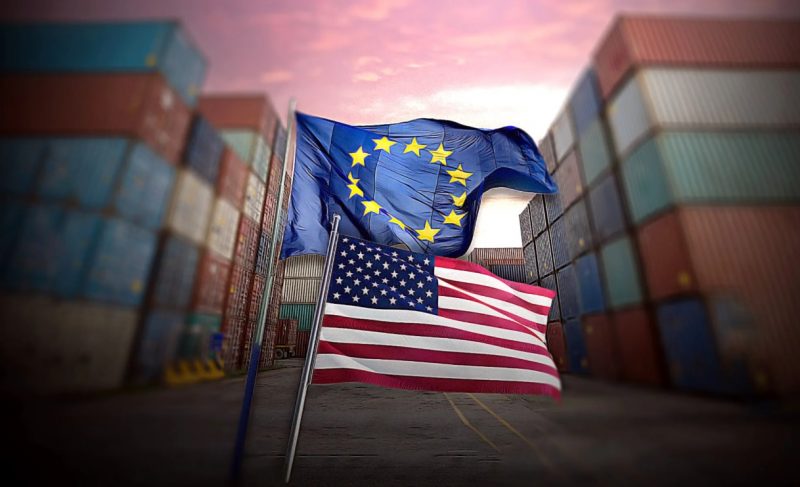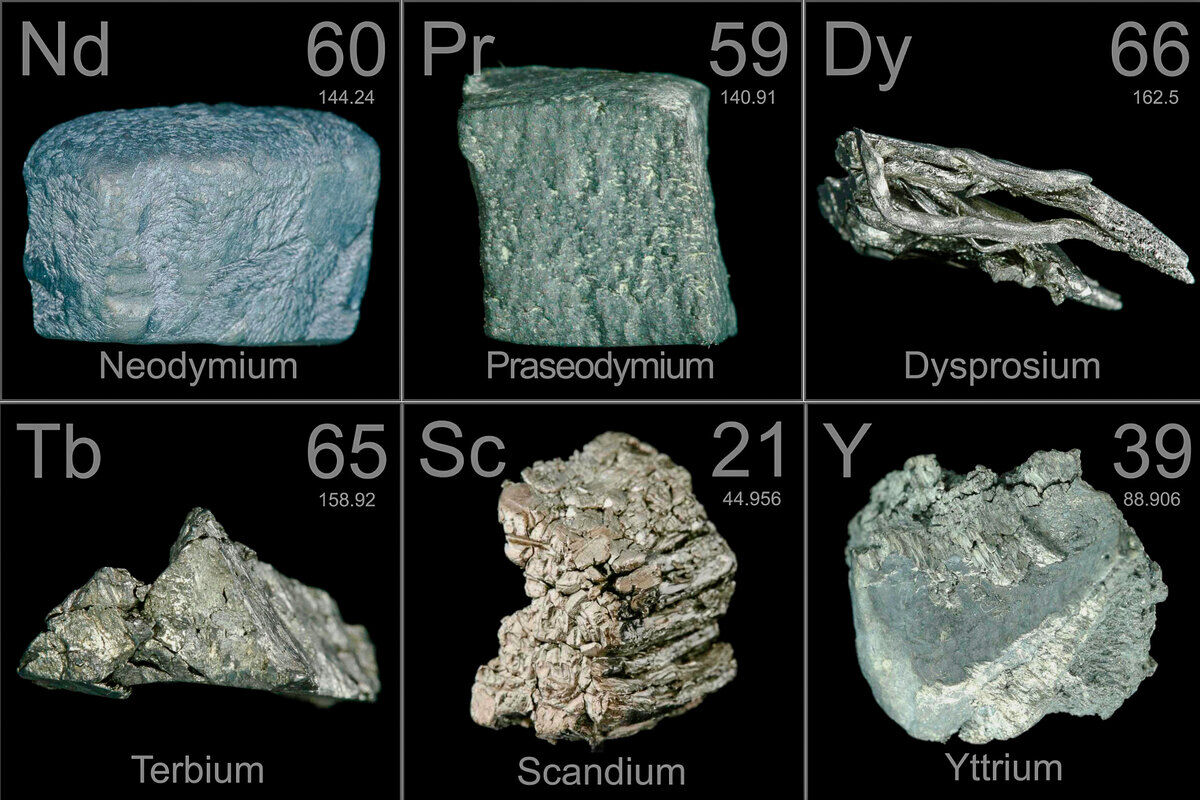
EU Pushes Back Against US Steel Tariffs
The European Union has signaled a firm stance on rising US trade barriers. On June 2, the European Commission voiced deep regret over the US move to double steel and aluminum tariffs from 25% to 50%. In response, the EU is preparing a fresh round of retaliatory tariffs that could target up to €95 billion in US goods.
The move comes amid heightened trade tensions sparked by former President Donald Trump’s tariff threats. He announced the increase at a US Steel plant, claiming the measure would shield American producers from Chinese oversupply. However, the EU sees the escalation as harmful to transatlantic trade and its domestic industries, especially steelmakers.
Meanwhile, European Trade Commissioner Maroš Šefčovič is leading diplomatic efforts. He met with US Trade Representative Jamieson Greer in Paris on June 4, with further negotiations planned in Washington. If talks fail, existing and additional EU countermeasures could take effect by July 14, or sooner.
High Stakes for the Global Metals Market
The EU currently faces 25% US tariffs on steel and cars, plus paused 10% reciprocal duties on other goods. The bloc suspended a previous €21 billion countermeasure package but warns it could reinstate or expand it quickly. In addition, Brussels is preparing a broader list of tariffs targeting US imports worth up to €95 billion.
As a result, the July 9 deadline looms large. Trump has delayed the 50% import duty on nearly all EU goods until then, pending further talks. The EU hopes to avoid full escalation, emphasizing that tariff reduction remains its long-term goal.
Industry groups on both sides are watching closely. The German steel association WV Stahl warned that US tariffs would severely impact the European steel sector. Meanwhile, US trade groups like AISI praised the move, citing global overcapacity issues led by China.
SuperMetalPrice Commentary:
Trade tensions between the EU and US reflect deeper structural shifts in global metals markets. Protectionist policies, especially around steel and aluminum, may distort supply chains and pricing.
As July negotiations approach, metals industry players should brace for policy volatility and shifting export conditions.











Leave a Reply
You must be logged in to post a comment.